The Music Technology concentration provides you with skills in the development of musical interfaces and applications. You’ll learn systems for real-time signal processing and audio scheduling. These skills can be used for installations, live performance, video games (sound design), and the web, as well as contemporary music production systems.
Of the 5 core Music Tech concentration courses, 2 of them are within MTEC (2240 and 2260)…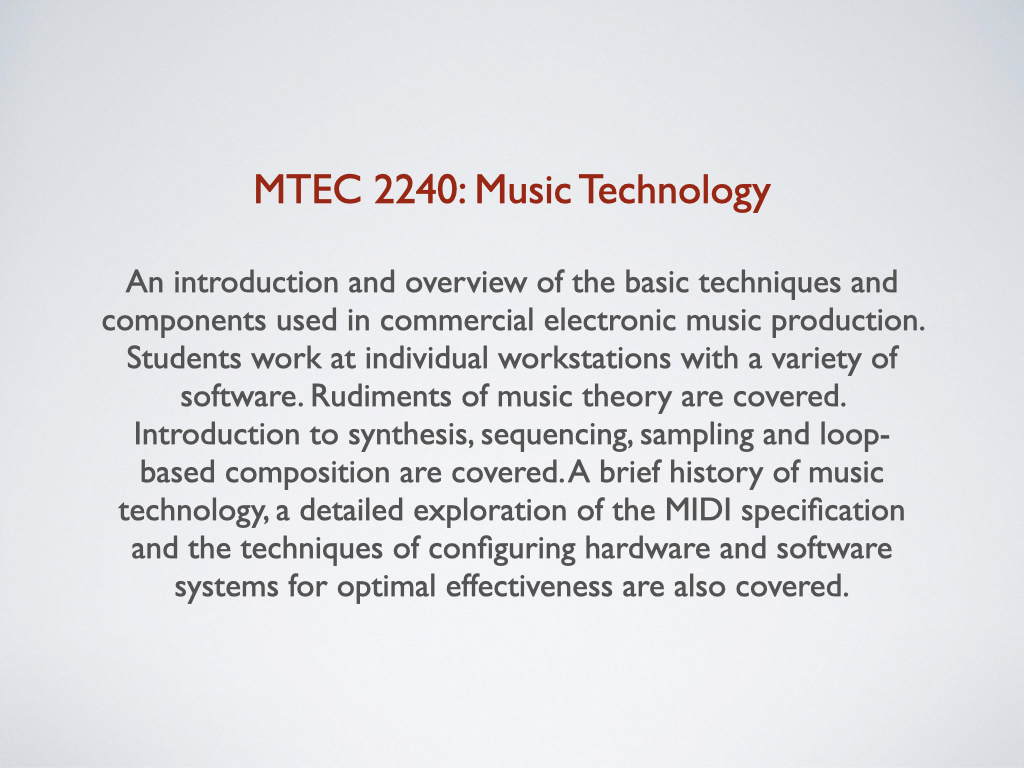
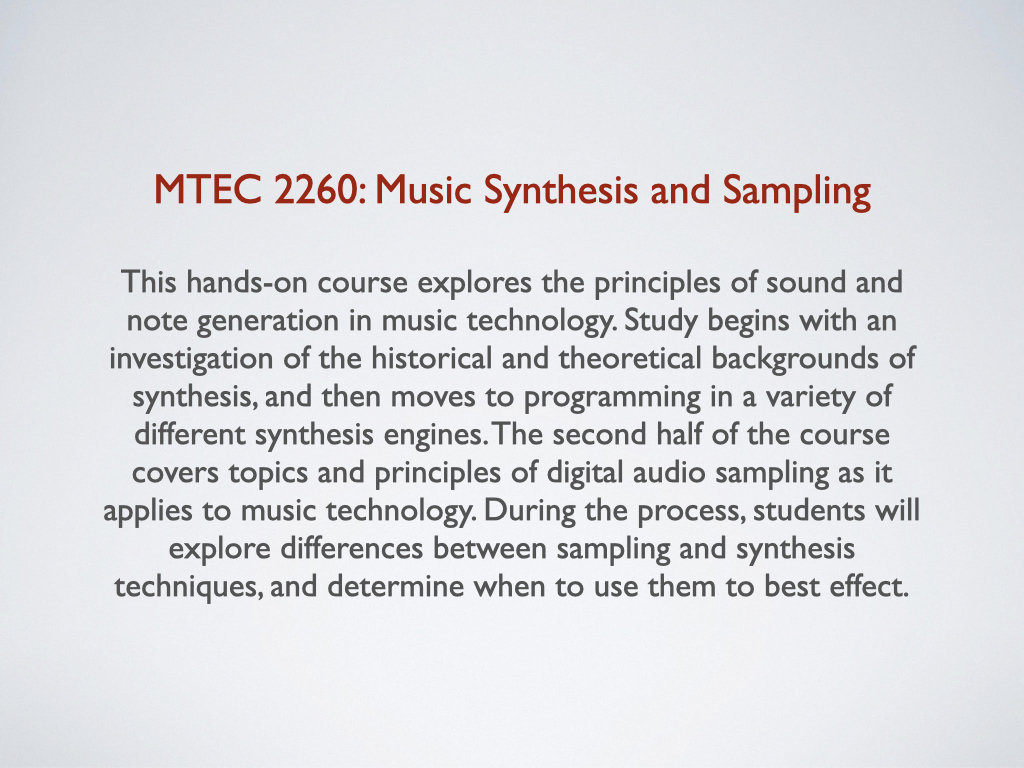
Professor Adam Wilson teaches this 4000-level course…
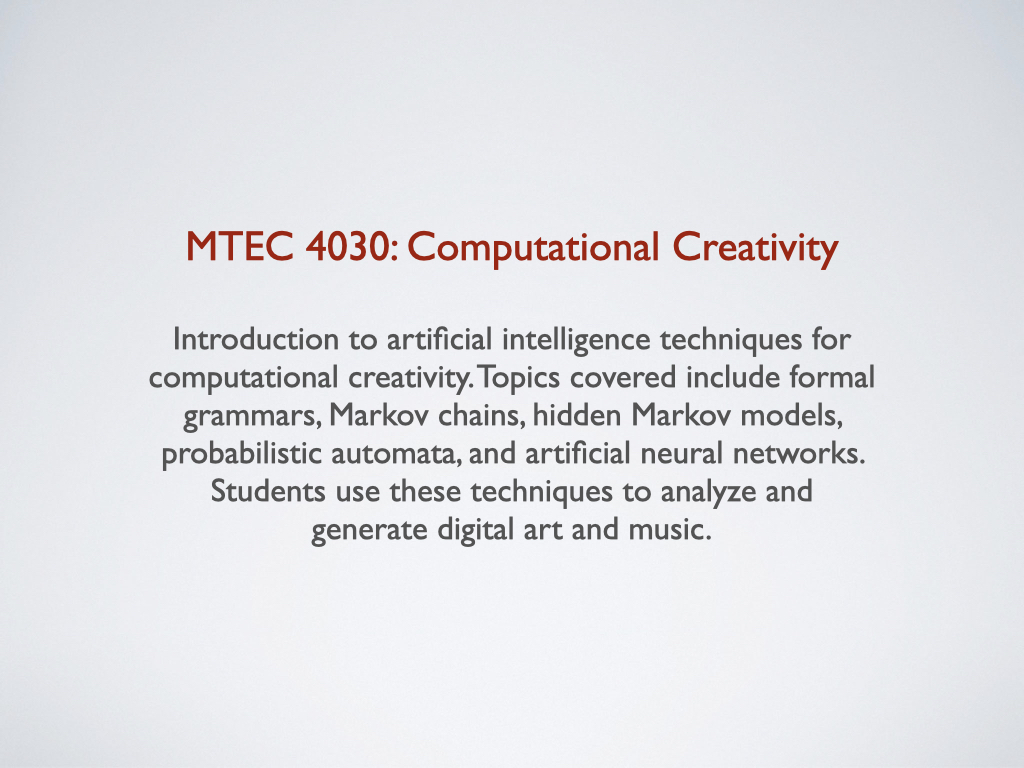
Electronic musical instruments generally produce sound using electronic circuitry.
The drum machine category is the most accessible from the pop culture lens. The Roland TR-808 Rhythm Composer, a.k.a. “808”, is a drum machine that was manufactured from 1980-83—the TR stands for “Transistor Rhythm.” Rather than just playing samples, this machine generated sounds (imitating acoustic percussion like the star, conga, cymbal, and more) using analog synthesis and allowed musicians to program up to 32 patterns using the step sequencer.
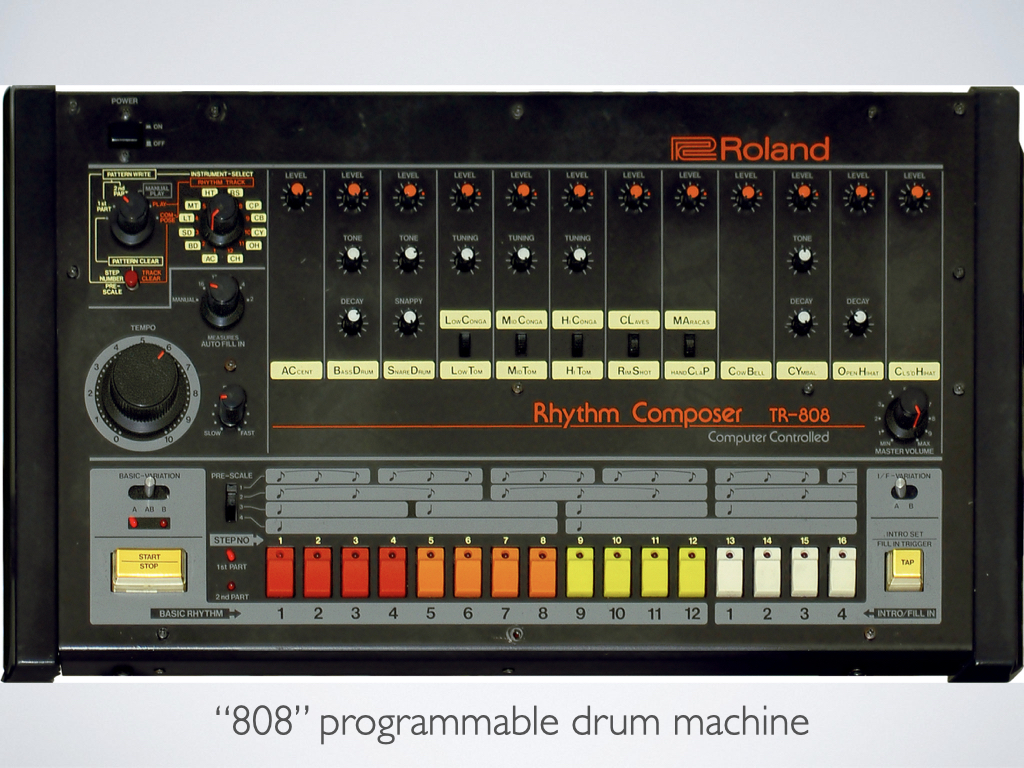
Here’s a trailer from the “808” documentary that shows how it was used across a variety of music genres…
One of the most important historical origins of electronic music is the theremin (named after its Soviet inventor, Léon Theremin), an electronic musical instrument controlled without physical contact that utilized two metal antennas to sense the relative position of the thereminist’s hands — one controlled the oscillator for frequency/pitch, and the other controlled the amplitude/volume.
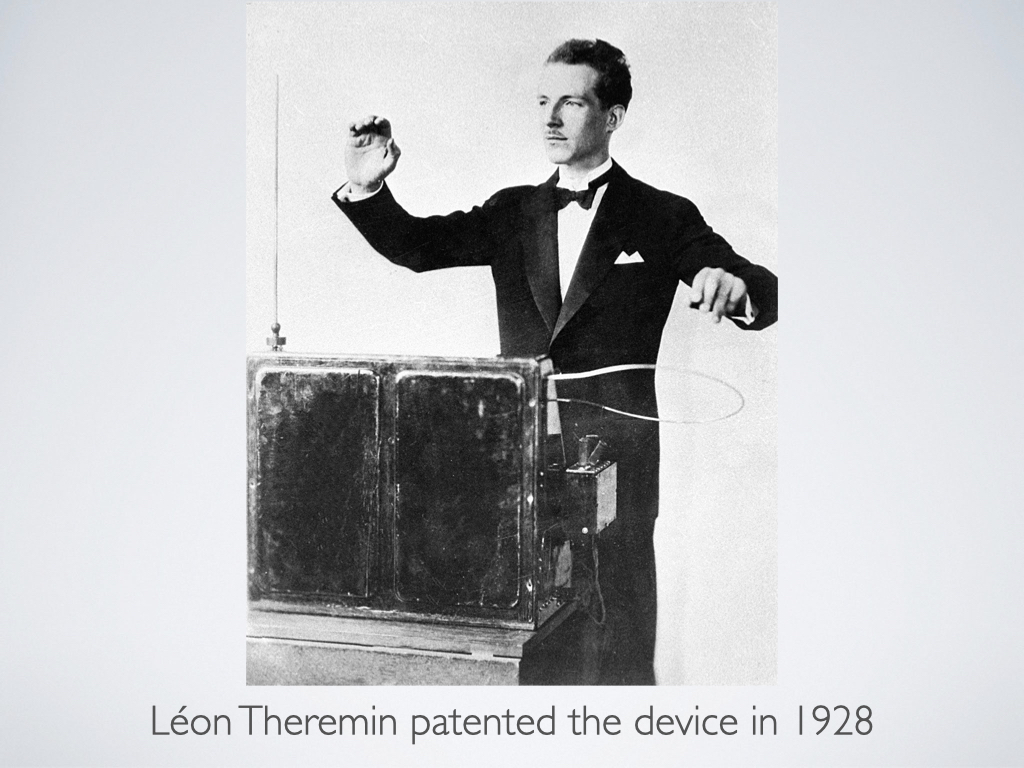
Here are clips of it being played, with the second showing an almost overhead view…
Manipulating the human voice via electronic circuitry began at Bell Labs by Homer Dudley. The vocoder is a category of voice codec that analyzes and synthesizes the human voice signal for audio data compression, multiplexing, voice encryption, and voice transformation. Below is a diagram…
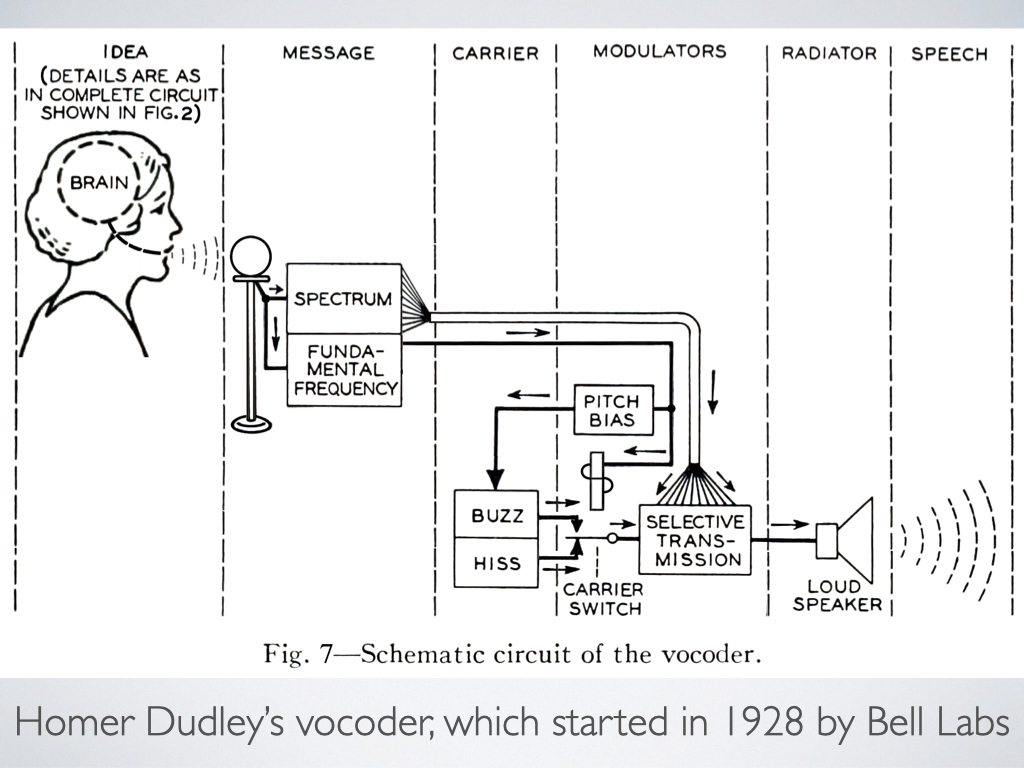
This 2014 video by The New Yorker illustrates how the vocoder was used during wartime for encrypted voice transmission during WWII, and later by multimedia artists and musicians for creative purposes…
This 21-minute, “Discovering Electronic Music” documentary from 1983 elaborates on the experiments being done at Bell Labs to create sound effects and electronic music for movies and more, and go over some of the fundamentals around analogue synthesizers, sound synthesis, and sampling. Note how traditional string and wind instruments create sounds or pitches, how oscillators work, what the four main waveform types are, what an oscilloscope is, how envelopes and ADSR work, how noise can be filtered and use, and how computers could be used for recording and manipulating playback…
The documentary showed a large patch-based unit with keyboards being used in the studio. Last year the Met had an exhibition that displayed one from 1968: a Customized Moog Modular Synthesizer with keyboard, ribbon controllers, and stand.
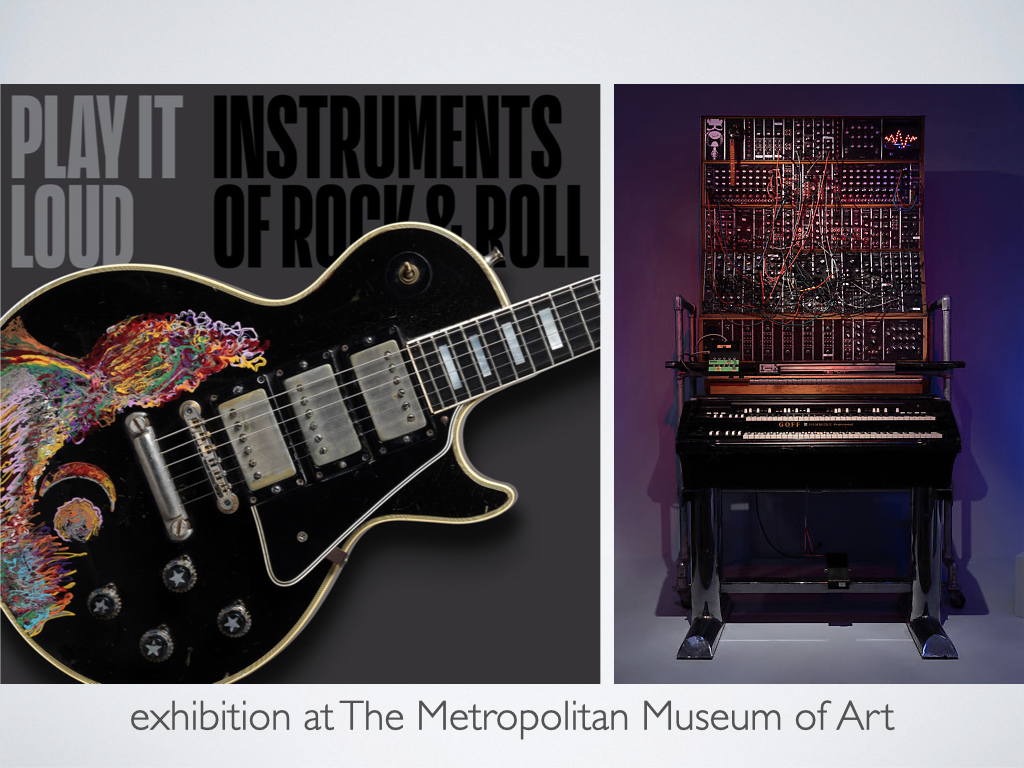
This 8-minute documentary shows how the Minimoog was created in upstate New York in a DIY fashion and how a miscalculation of a filter gave it unique characteristics that musicians loved…
The Part II version of this documentary (also 8 minutes) showcases how music groups such as Devo, Herbie Hancock, and NIN used the Minimoog Model D to revolutionize music in the 80s and 90s…
You’ve heard sounds that might remind you of early video games. The Chiptune music genre emerged in Japan in the late ‘70s and continues to this day, more commonly known as 8-Bit music. I showed a short video, “8-bit Music & Chiptune: A Brief History” that took material from this 8-minute one, “How Oldschool Sound/Music worked” by the 8-Bit Guy:
Developments in electronic music coincided with the introduction of the personal computer. In 1983, a Musical Instrument Digital Interface standard was created for electronic instruments and computers to communicate with each other. Here’s a video created for the 30th Anniversary of MIDI in 2013…
Looking at DAW (Digital Audio Workstation) software, here are some of the ones that CityTech utilizes in courses…
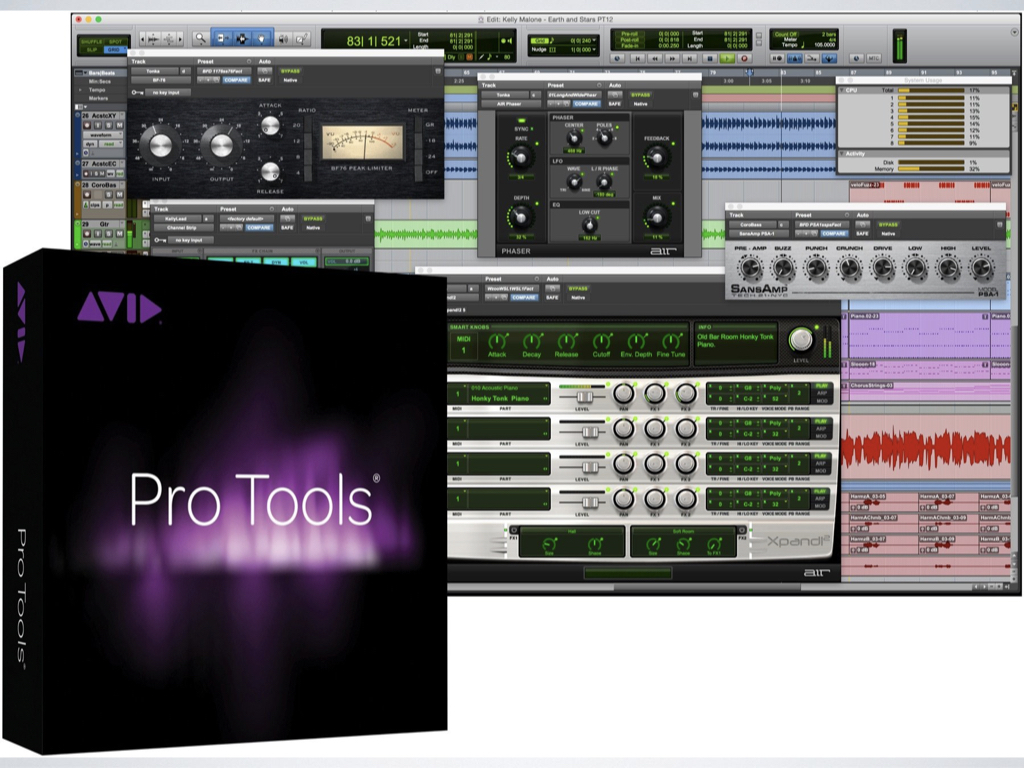
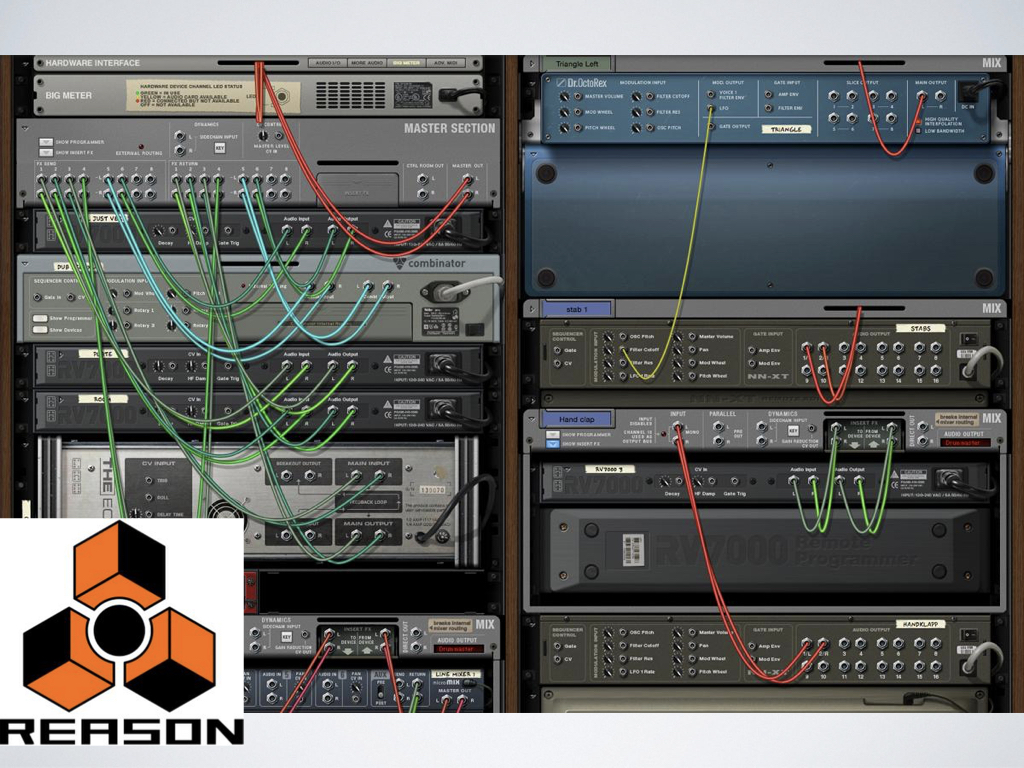
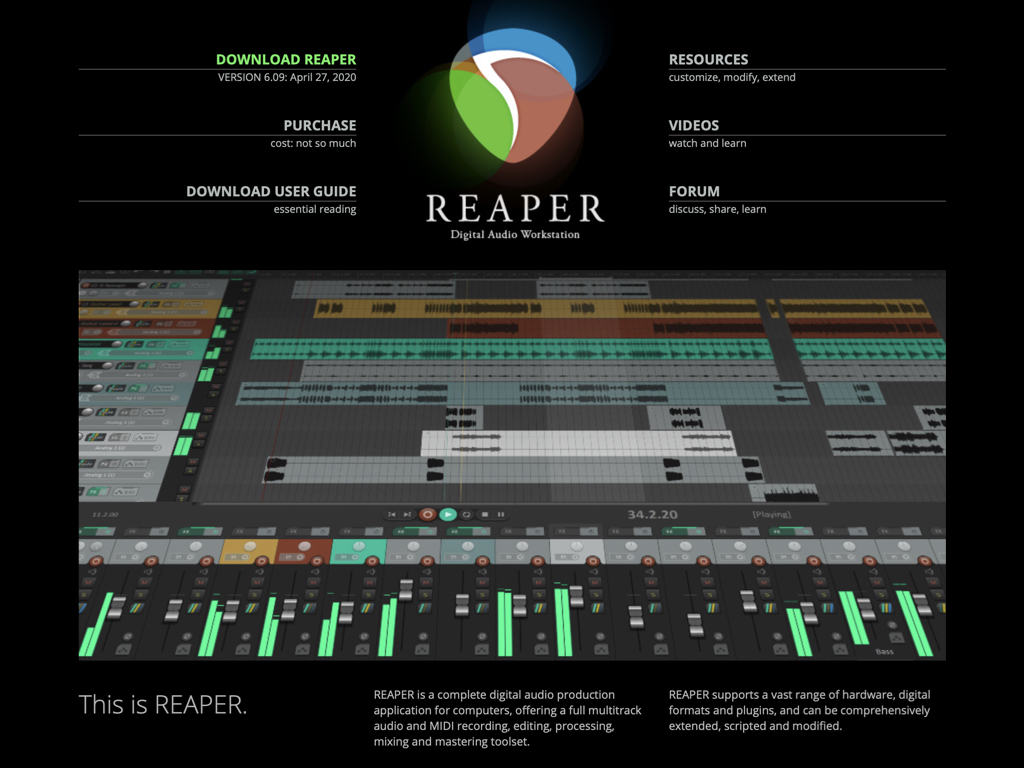
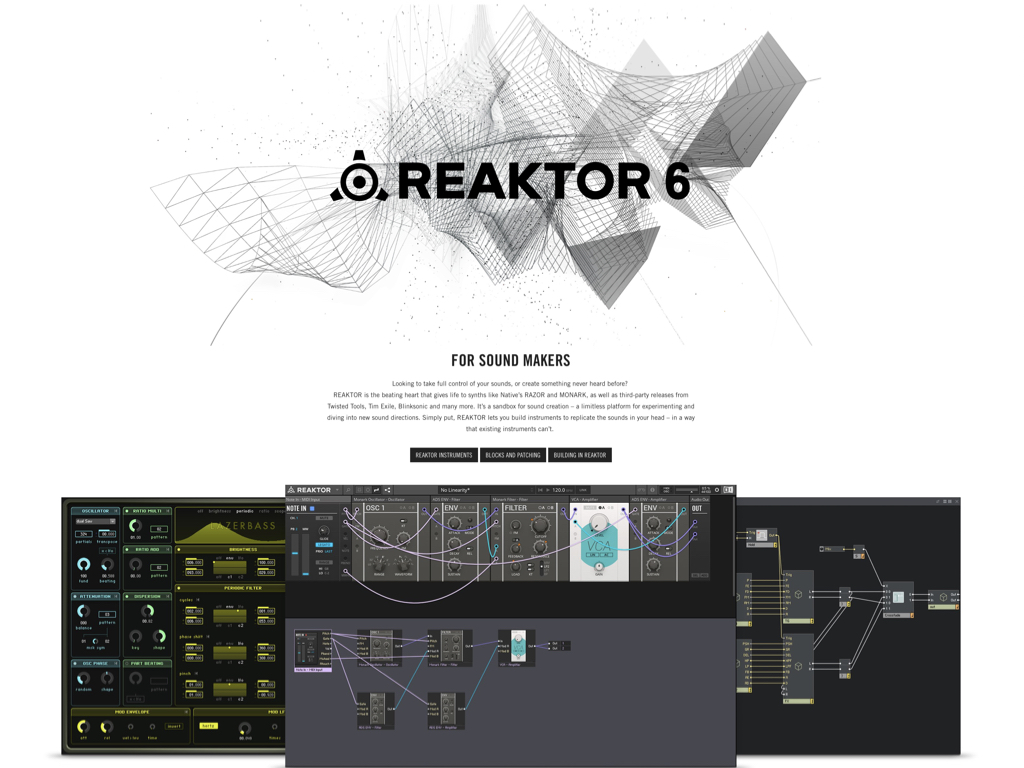
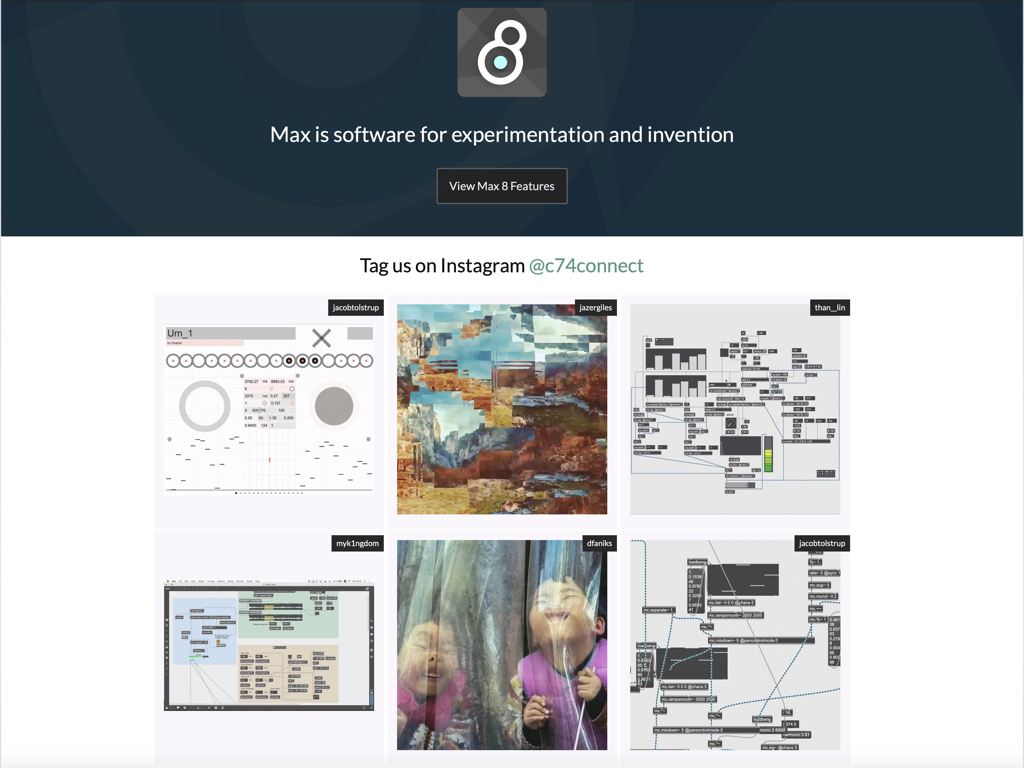
To give you an idea of its capabilities, this is the company’s introduction to version Max 8…
Last year the company held an expo to showcase work from musicians, artists, technologists, and educators who use it.
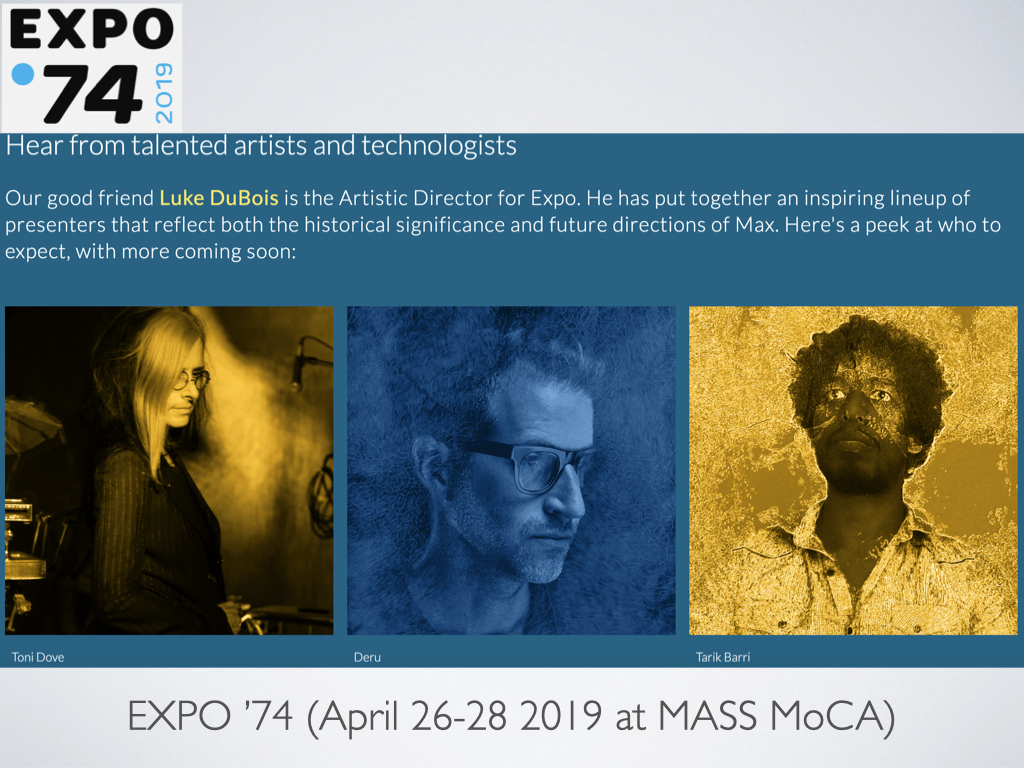
Here are two videos which cover Toni Dove‘s use of Max/MSP/Jitter for the networked audiovisual performance “Lucid Possession” in 2013…
What stimulated your interest from this overview, and what kinds of things are you most interested in learning how to do in the realm of music technology?
Print this page


Leave a Reply